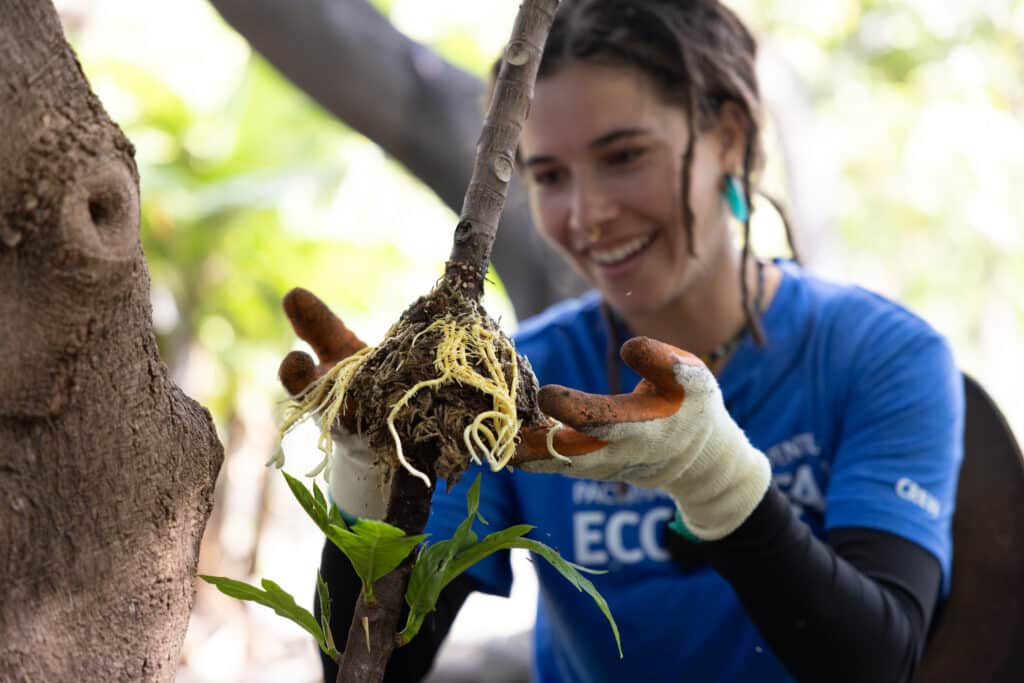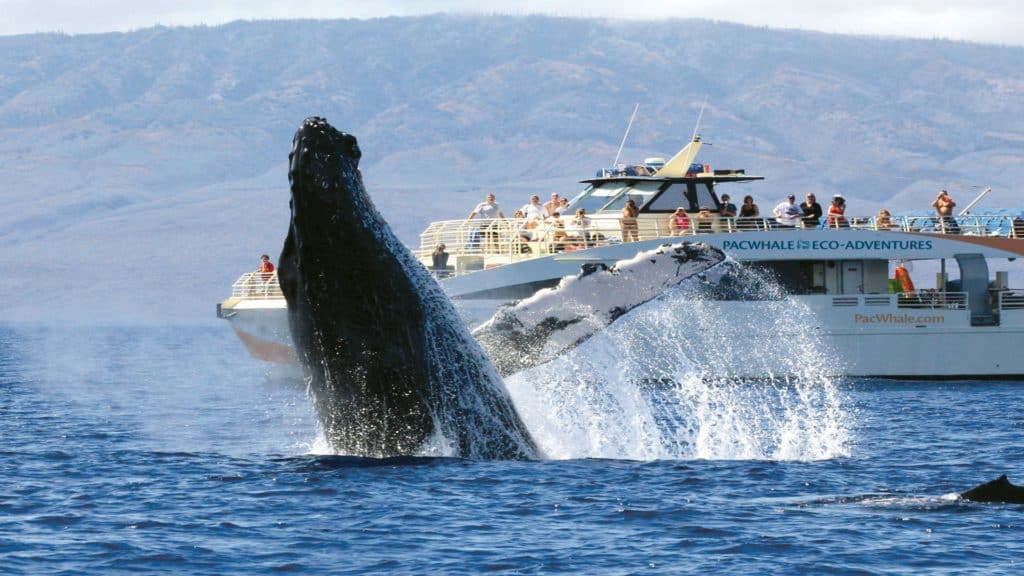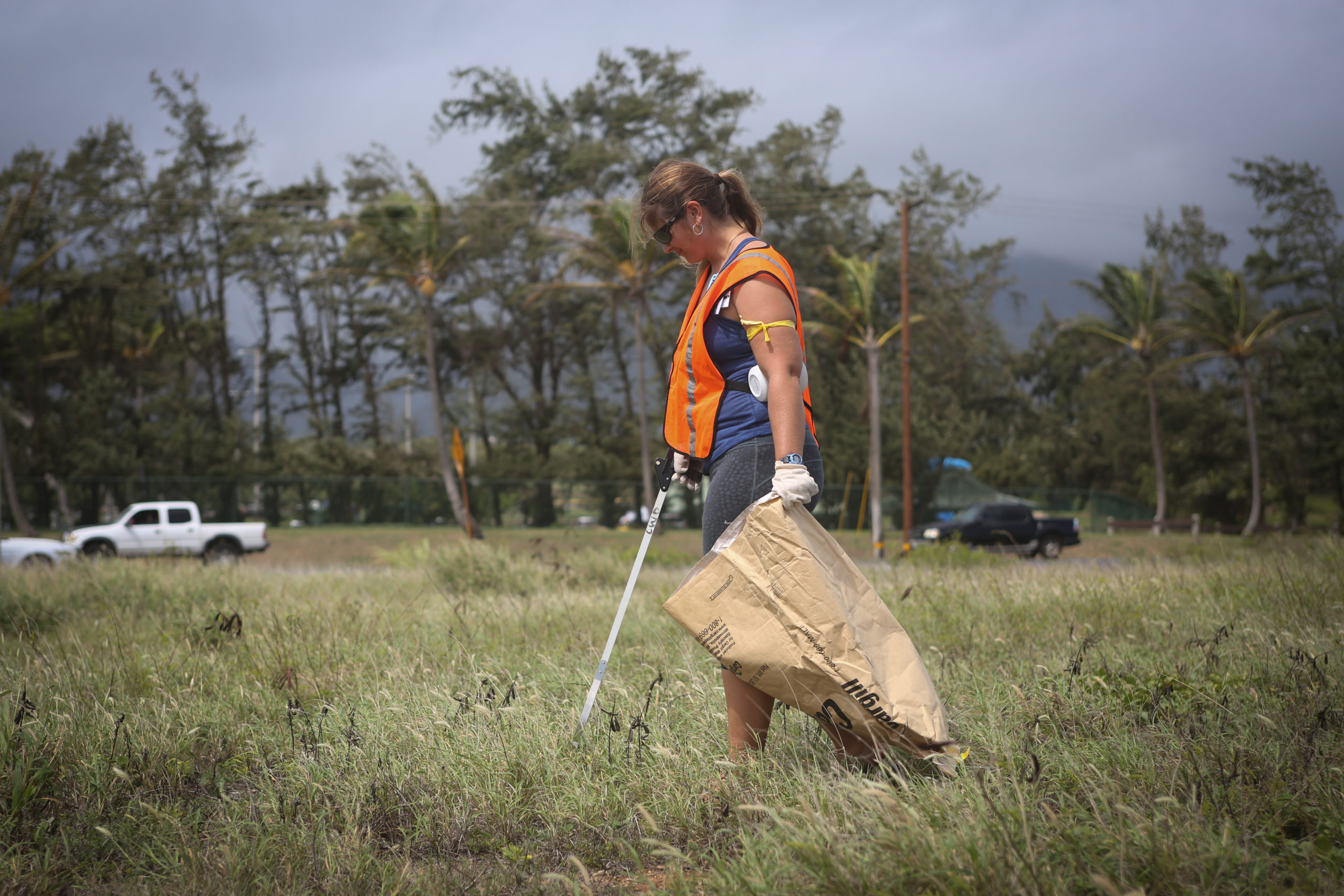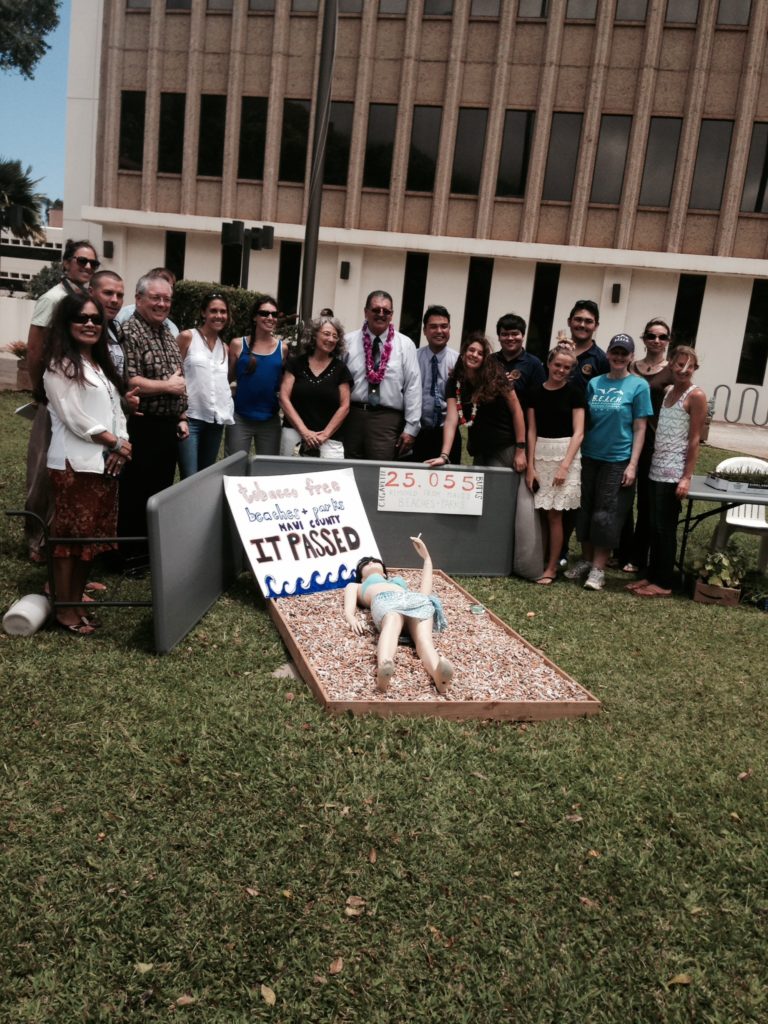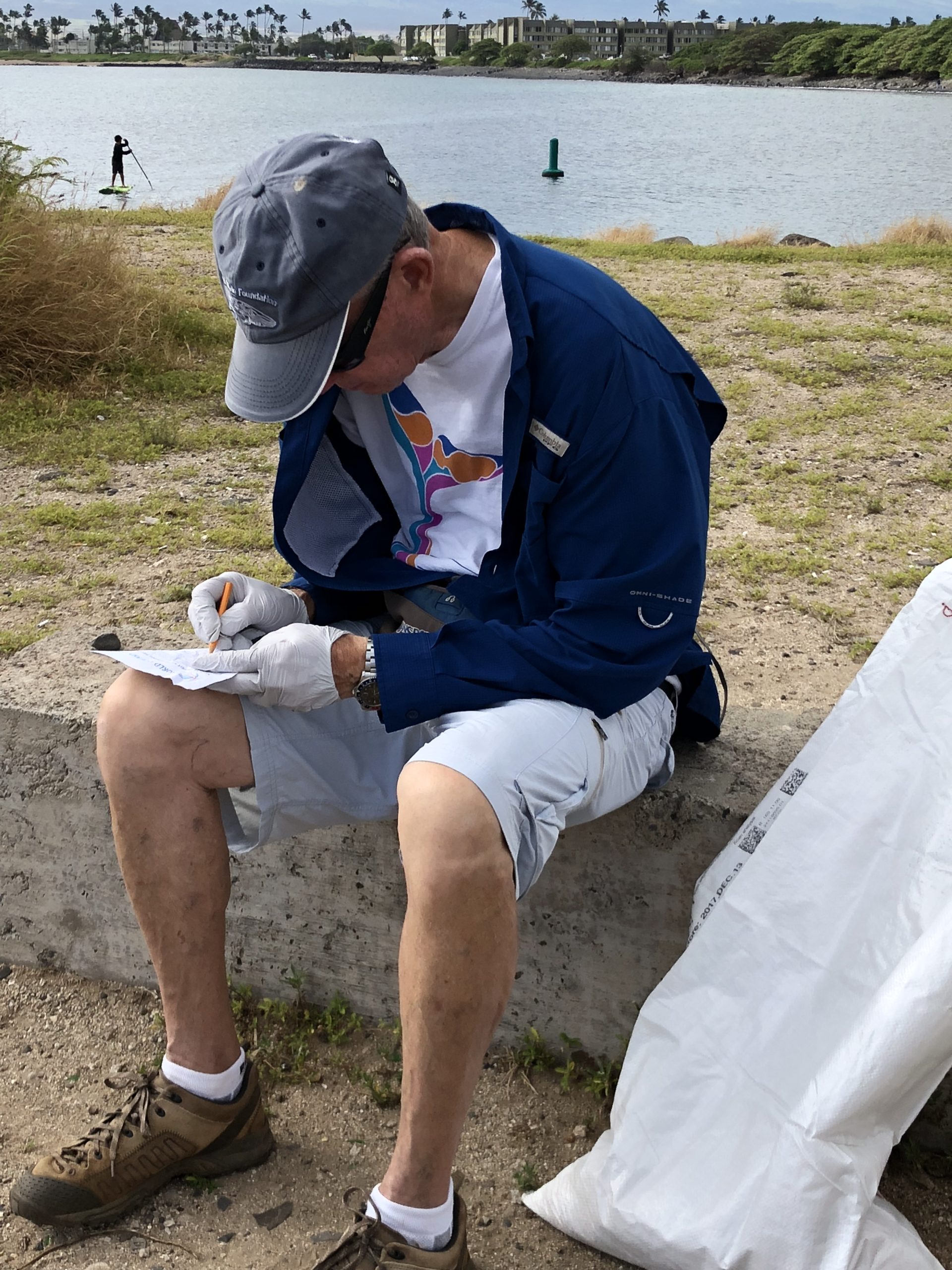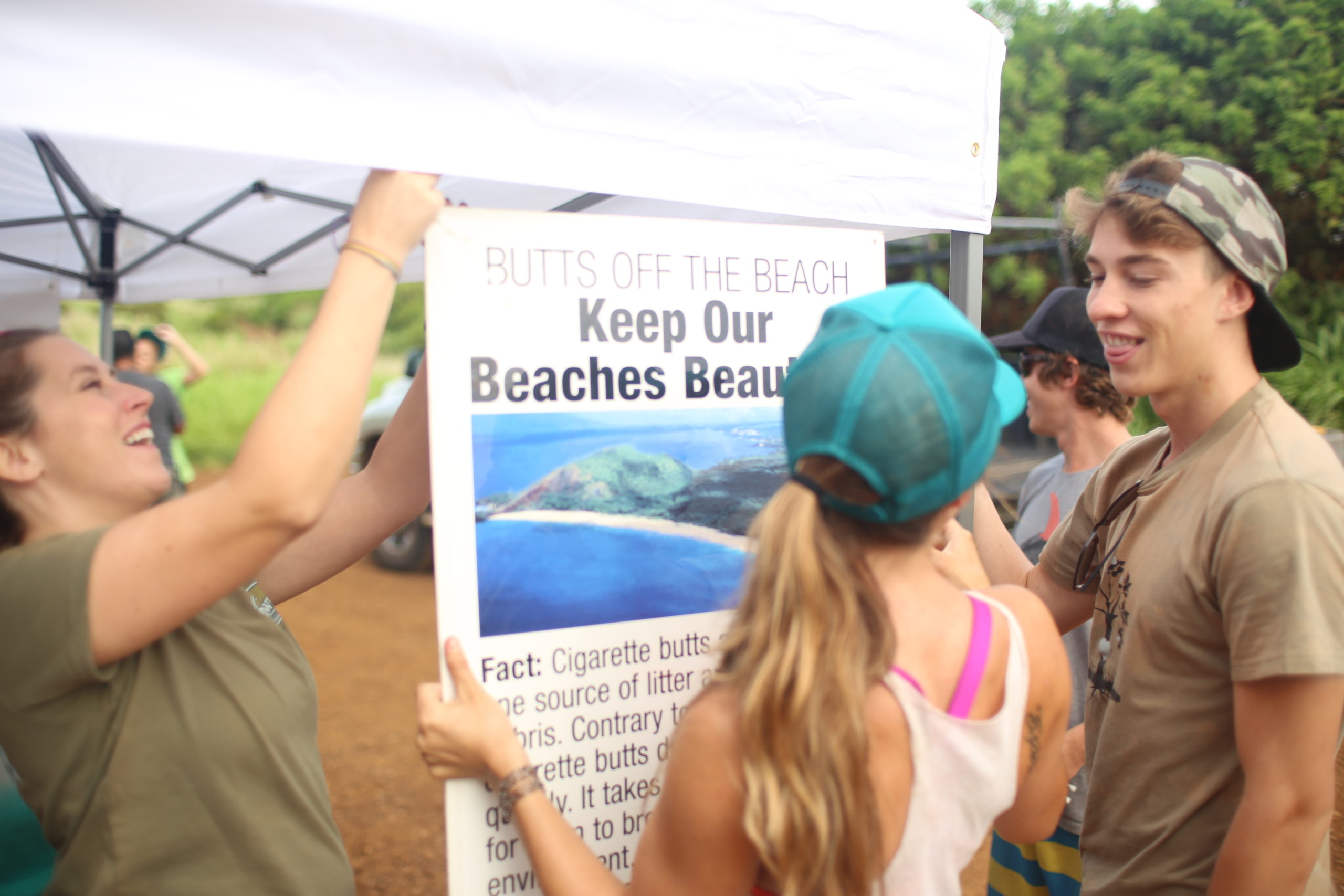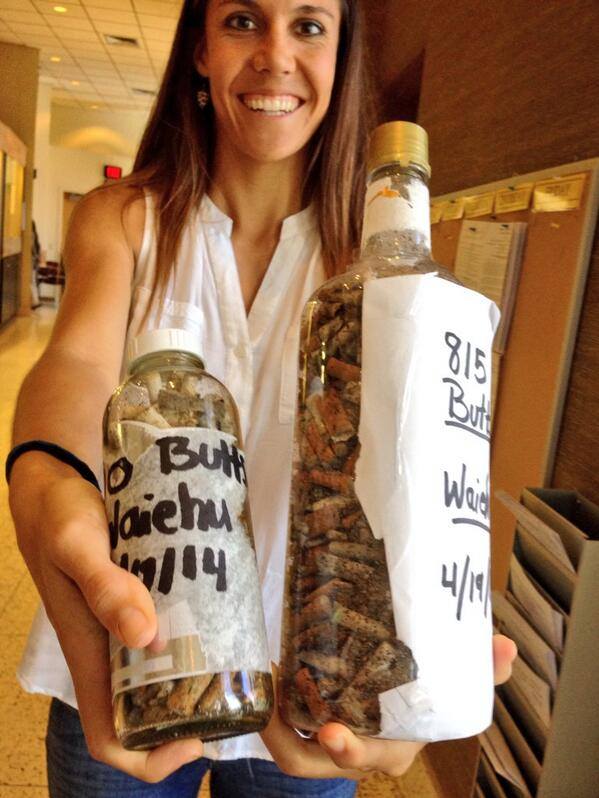Author: Conservation Coordinator Shelby Serra
Part 1 of the marine debris series (Overview)
It’s time to continue our conversation about the threat of marine debris. Although the issue of marine debris seems insurmountable, progress HAS been made. Along with education campaigns that focus on behavior change and multi-stakeholder collaboration, there are policies that have been enacted to aid in the mitigation of this issue. Here in the state of Hawaii, the fight to ban single use plastics has been over a decade-long battle that still wages on. Let’s examine the history of the efforts that have worked to mitigate the harmful impacts of plastic on our environments.
Collaborative Action
From conservation organizations, to scientists, to government agencies, the fight for change requires collaboration.
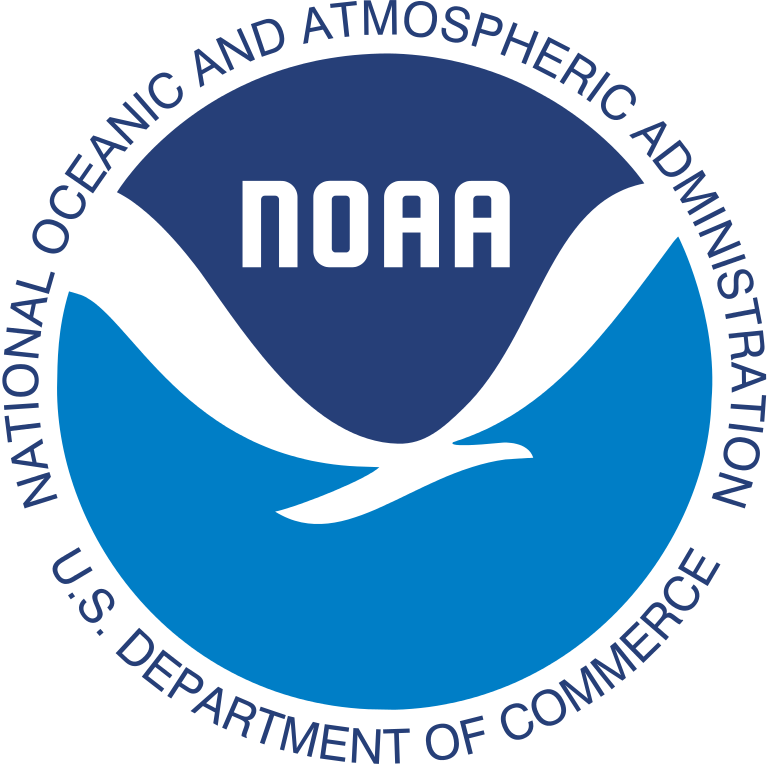
The National Oceanic and Atmospheric Administration (NOAA), the agency that focuses on the conditions of the oceans, major waterways, and the atmosphere, developed a Marine Debris Action Plan for the state of Hawaii that has brought together more than 40 different participants to tackle the issue. The group is comprised of scientists, non-profit organizations, community groups, universities, and government entities. This combined effort shows the commitment at the federal level to create collaborative space to address one of the biggest concerns facing our natural world. The group was first formed in 2002 and continues to be a home port for those throughout the state to come together in action. Pacific Whale Foundation’s (PWF) scientists and conservationists have contributed research and advocacy work over the years to help accomplish the goals set forth in the plan.
Hawai’i’s History
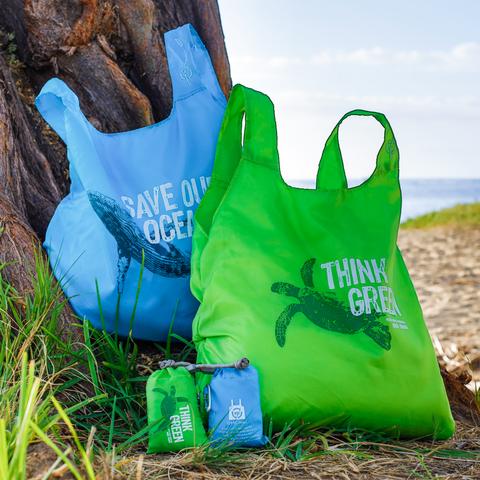
Due to the relative ease and multitude of alternatives, the plastic bag bans kicked off the the fight to rid our environments of harmful plastics. It began with the single-use plastic bag ban in Maui County that was unanimously voted in April of 2008, despite the expected opposition from the plastics industry. The American Chemistry Council (ACC) sent a representative to Maui to lobby against the bill, but eventually decided to cease contest since Maui was considered a small market. A small group of advocates approached the council with 1000 signatures from the public in support of the ban, aiding in its success. It became a movement in the state, beginning with Maui County and trickling throughout the state next with Kauai County, Hawaii County and finally Honolulu County in 2015.
Next up was the Tobacco-Free Maui bill. It may seem strange in the context of single-use plastics, but those cigarette filters that end up littering our beaches are indeed made of plastic microfibers and carry harmful toxins. Pacific Whale Foundation publicly supported the bill passed by Maui County in April 2014, which prohibits the use of tobacco products, including cigarette smoking, in designated county areas. In June 2015, the state of Hawaii passed a similar tobacco-free policy for state beaches and parks. According to others involved in the fight, the bill passed with relative ease and along with the plastic bag ban, helped set the stage for more plastic-reduction bills. PWF worked with multiple organizations to educate and remove cigarette butts from the coast with the Butts Off Maui Beaches initiative, collected data on the presence of cigarette butts, and in 2016, PWF was awarded a grant from NOAA’s Marine Debris Program to develop a holistic public awareness campaign to educate the community on marine debris issues, specifically with respect to tobacco-related litter on Maui beaches. This resulted in PWF launching our 2016-17 annual conservation campaign entitled “Tobacco-Free Beaches & Parks”, with a goal to impact public attitudes and personal behaviors in measurable ways that limit the increase of cigarette related marine debris in the world’s oceans.
Tobacco Free Maui from Pacific Whale Foundation on Vimeo.
Download our Tobacco-Free brochure
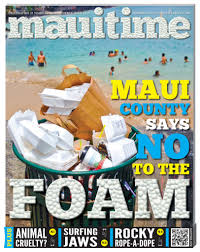
Polystyrene, or more commonly referred to as Styrofoam, was becoming a pervasive and ubiquitous symbol of everlasting, damaging material. Because of its lightweight and buoyant nature, as well as its un-recyclability, polystyrene is a common debris item found on shorelines and in waterways. In June of 2017, Maui County became the first county in the state to vote to ban the sale, use, or offering of polystyrene food containers by food providers. Hawai’i County passed the same ban only months later. Once again, the ACC came to lobby against efforts. However, those who supported the ban heavily outnumbered the opposition and were able to tailor arguments to address concerns of small businesses, and the ACC conceded. Both Kauai and Honolulu Counties have included polystyrene in their sweeping single-use plastics bans introduced in the last year. Pacific Whale Foundation is currently working with the Center for Marine Debris Research at Hawaii Pacific University and Sharktastics to determine how big of an impact the ban on polystyrene in Maui, which took effect on December 31, 2018, had on the amount and composition of plastic marine debris accumulating on Maui’s beaches, which will help us determine effective strategy moving forward.
Today and Beyond
So where are we today? Maui County banked a huge win passing a comprehensive bill banning all single-use plastic disposable food ware in April of this year, going into effect March 2022 (see PWF public testimony). In addition, Honolulu County, which represents the entire island of Oahu and 70% of the state’s population, has just recently passed a comprehensive single-use plastics ban in the same month. Honolulu County’s phased approach will begin in 2021 with polystyrene and then move to other single-use plastics such as straws, utensils, and food ware in 2022.
Those in opposition of such bans claim that this will not change the amount of pollution, but rather only the type. This is a fair argument, and one that supports the need for a robust education campaign that focuses on behavior change. Pacific Whale Foundation’s RETHINK campaign is centered on educating the public about simple ways to eliminate single use plastics from their lives, bit by bit, and provides a plethora of eco-friendly alternatives you can purchase from our Ocean Store to be more sustainable and support our Research, Education, and Conservation work. When we start to examine one aspect of legislative mitigation, it naturally illuminates the need for collaborative efforts for success.
The Circular Economy
Today, environmental groups, scientists, business leaders, and legislators are talking more about a new approach to economic development, one that is designed to benefit businesses, society, and the environment. One crucial part of the so called “circular economy” approach involves putting responsibility on the producer; holding the major companies who put this unnecessary plastic out there for consumption responsible for post-consumer management and the production costs. In order to create a truly circular economy, manufacturers need to factor recyclability and end-of-use planning into the initial product design process. We explore this idea and the few national policies attempting to incorporate it next time.
In the next installment, we examine further the idea of the circular economy and how the implementation of this approach is the only way to stop the harmful impacts of plastic on the environment. We will explore the various proposed legislation at the national level; what makes us hopeful and what still needs work. Stay tuned!
